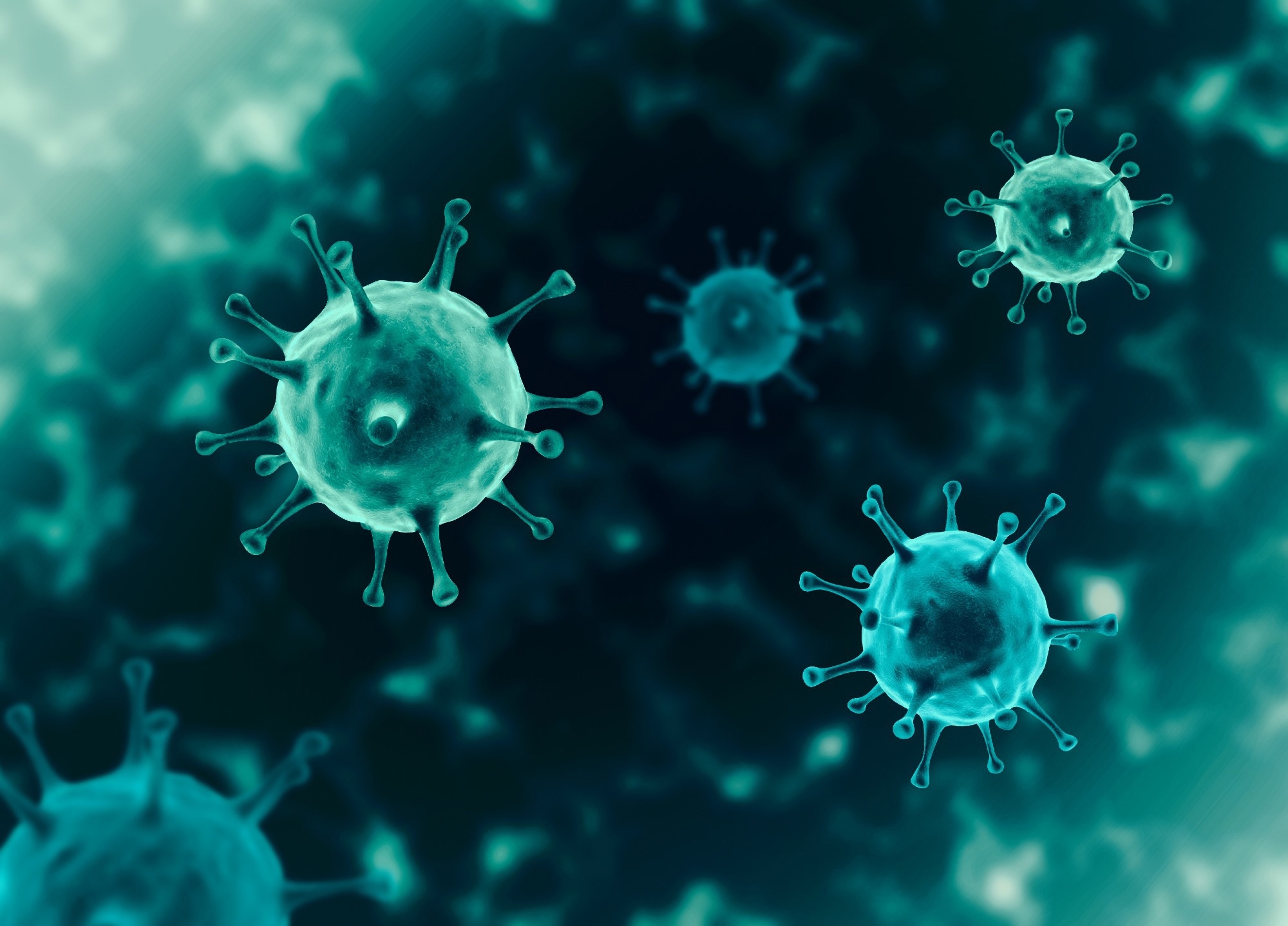In a recent article posted to the bioRxiv* preprint server, researchers analyzed the influence of multiple shots of severe acute respiratory syndrome coronavirus 2 (SARS-CoV-2) Wuhan strain vaccinations on the Omicron variant.

Background
The appearance of SARS-CoV-2 variants evading vaccine-elicited immune memory is a significant problem for generating coronavirus disease 2019 (COVID-19) vaccines targeting the substantially mutable viruses. Since effective COVID-19 vaccinations were made available less than two years ago, many SARS-CoV-2 variants of concern (VOCs) have appeared and spread.
The spike (S) protein of the SARS-CoV-2 Omicron variant harbors mutations that allow it to evade the most known monoclonal antibodies. The Omicron variant avoids neutralization by nearly all serum antibodies following two-dose COVID-19 messenger ribonucleic acid (mRNA) vaccine administration. The same vaccine, though, boosts anti-Omicron neutralizing antibodies after a third shot.
About the study
In the present work, the scientists investigate the processes underlying how a third shot of the vaccine possessing the S protein of the SARS-CoV-2 Wuhan or wild-type (WT) strain alters the immunodominance pyramid of the subsequent antibody response. They studied the impacts of repeated vaccinations with a WT vaccine on antibody reaction to a drastically mutated SARS-CoV-2 variant, like the Omicron strain.
Initially, the team created an in silico model that explicitly examines antigen presentation patterns across lymph nodes following the first and successive doses of homologous vaccinations. It also combined the proliferation of memory B cells beyond the germinal center (GC) or extra GCs (EGCs) with activities occurring in GCs.
The study model included four major components of the B cell and antibody reactions. They were 1) follicular dendritic cells (FDCs) antigen presentation, 2) naive B cell activation and entrance into GCs, 3) GC affinity maturation and exportation of plasma and memory cells, and 4) memory B cells expansion and its differentiation to plasma cells across EGCs.
Moreover, the investigators explored four general B cell classes: memory B cells, naive B cells, plasma cells, and GC B cells. Furthermore, the simulation was repeated ten times for each dose of the vaccine.
Results
The study results demonstrated that the GC antigen presentation varies remarkably between the initial and second doses of the COVID-19 vaccination. In addition, the results indicated that this variation significantly influences the stemming memory B cell reactions. After receiving the initial shot of the vaccine, the restricted antigen availability throughout GCs causes a memory reaction driven by B cells that address immunodominant epitopes that are mutated severely in an Omicron-similar strain.
Following the second vaccine shot, these memory B cells multiply and develop into plasma cells beyond the GCs, driving the antibody reaction. Higher quantities of antigen were present inside secondary GCs since antibodies produced after the initial dose allow for efficient antigen presentation. Additionally, the circulating polyclonal antibodies can hinder some dominant epitopes more efficiently than subdominant epitopes. An enhancement in memory B lymphocytes directed against subdominant epitopes generally conserved in an Omicron-similar strain results from these impacts.
After the third vaccine dose, these memory B cells multiply and develop into plasma cells, and their byproducts offer improved protection against newly emerging SARS-CoV-2 strains. The authors noted that these in silico model projections were in line with the current studies of new and old data collected from people who received three doses of COVID-19 mRNA vaccinations.
Together, the study data suggest that the interaction between internal and external GC mechanisms and antigen presentation dynamics accounts for the shift across antibody immunodominance ranking following the third COVID-19 mRNA vaccine dose.
Conclusions
The authors explain the mechanisms underpinning the enhanced anti-Omicron neutralizing antibodies post-third-dose COVID-19 mRNA vaccination by combining data from vaccine-exposed humans with computer modeling.
Following the initial dose, finite antigen availability among GCs leads to a reaction driven by B cells exhibiting significant germline affinity for immunodominant epitopes mutated severely in an Omicron-similar variant. After the second shot, these memory cells multiply and differentiate into plasma cells, resulting in antibody responses ineffective for such SARS-CoV-2 variants.
Nevertheless, in secondary GCs, improved antigen presentation was mediated by earlier, higher affinity antibodies. Besides, they can partially conceal dominant epitopes. These outcomes result in memory B cells focusing on less mutated subdominant epitopes in Omicron. Hence, the researchers concluded that the third SARS-CoV-2 vaccine dose increases anti-variant neutralizing antibodies and multiplies these B cells.
These revelations impart novel information on essential facets of humoral immunity's recall response crucial to SARS-CoV-2 vaccine development. The research findings also justify various recent discoveries connecting diverse vaccination schedules to Omicron protection.
*Important notice
bioRxiv publishes preliminary scientific reports that are not peer-reviewed and, therefore, should not be regarded as conclusive, guide clinical practice/health-related behavior, or treated as established information.
- Leerang Yang, Matthew Van Beek, Zijun Wang, Frauke Muecksch, Marie Canis, Theodora Hatziioannou, Paul D Bieniasz, Michel C Nussenzweig, Arup K Chakraborty. (2022). Antigen presentation dynamics shape the response to emergent variants like SARS-CoV-2 Omicron strain after multiple vaccinations with wild-type strain. bioRxiv. doi: https://doi.org/10.1101/2022.08.24.505127 https://www.biorxiv.org/content/10.1101/2022.08.24.505127v1
Posted in: Medical Science News | Medical Research News | Disease/Infection News
Tags: Antibodies, Antibody, Antigen, B Cell, Cell, Coronavirus, Coronavirus Disease COVID-19, covid-19, Germline, Homologous, immunity, Lymph Nodes, Omicron, Proliferation, Protein, Research, Respiratory, Ribonucleic Acid, SARS, SARS-CoV-2, Severe Acute Respiratory, Severe Acute Respiratory Syndrome, Syndrome, Vaccine

Written by
Shanet Susan Alex
Shanet Susan Alex, a medical writer, based in Kerala, India, is a Doctor of Pharmacy graduate from Kerala University of Health Sciences. Her academic background is in clinical pharmacy and research, and she is passionate about medical writing. Shanet has published papers in the International Journal of Medical Science and Current Research (IJMSCR), the International Journal of Pharmacy (IJP), and the International Journal of Medical Science and Applied Research (IJMSAR). Apart from work, she enjoys listening to music and watching movies.
Source: Read Full Article
